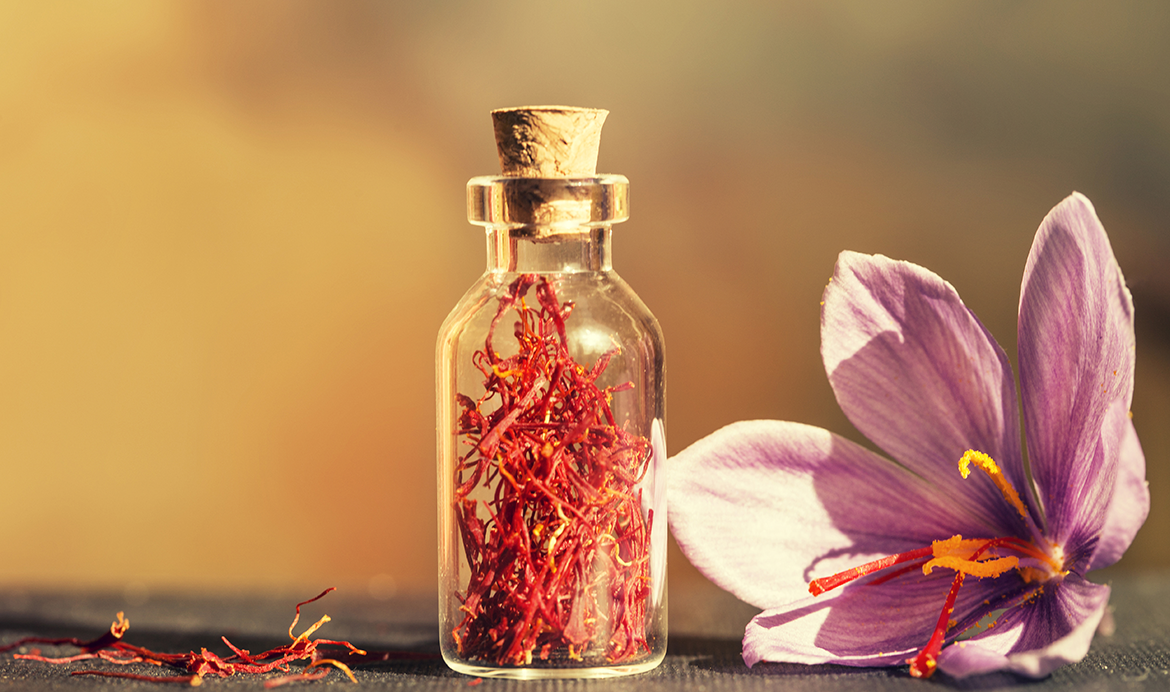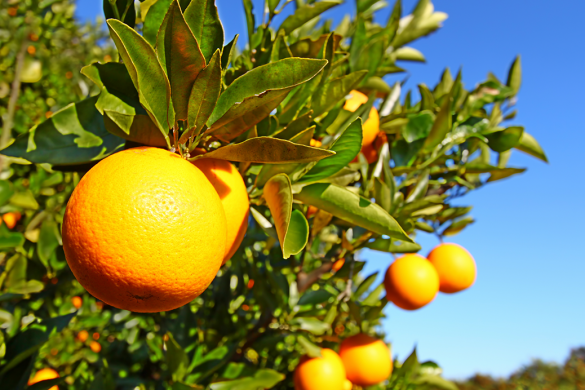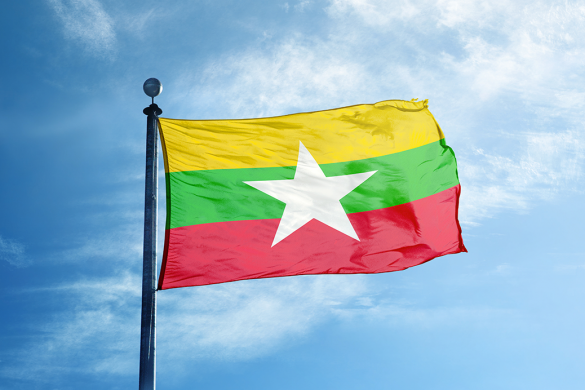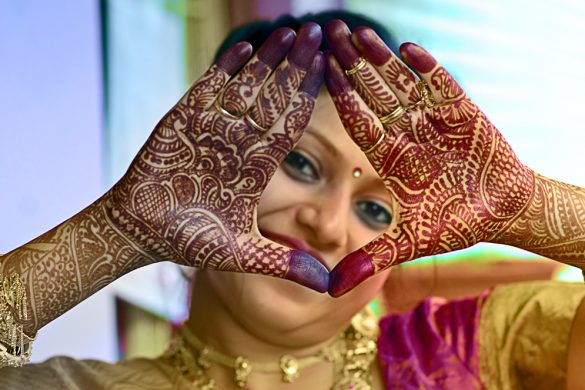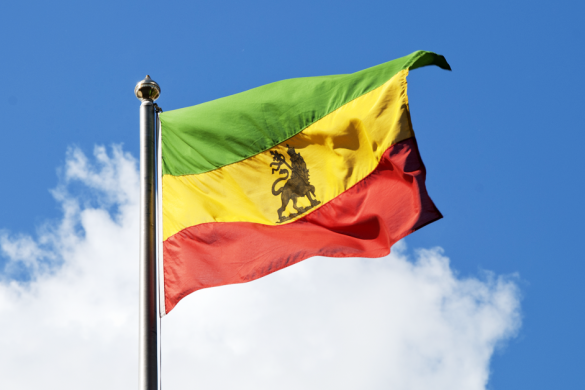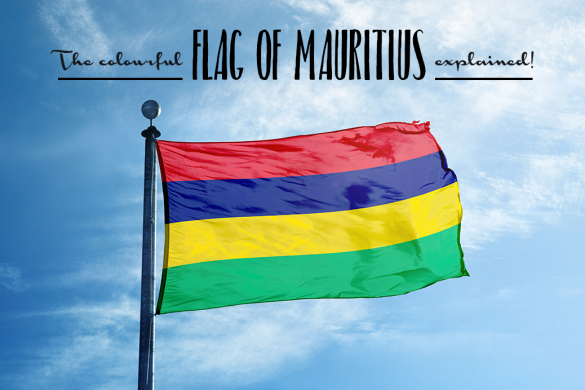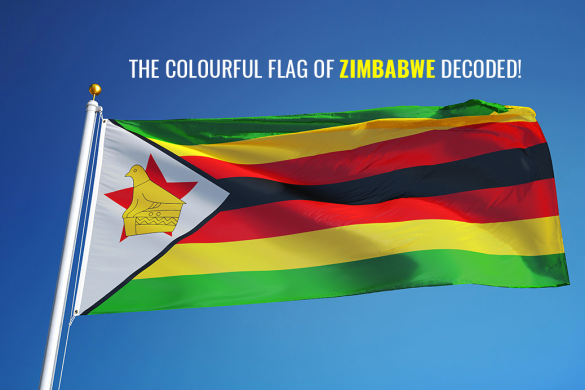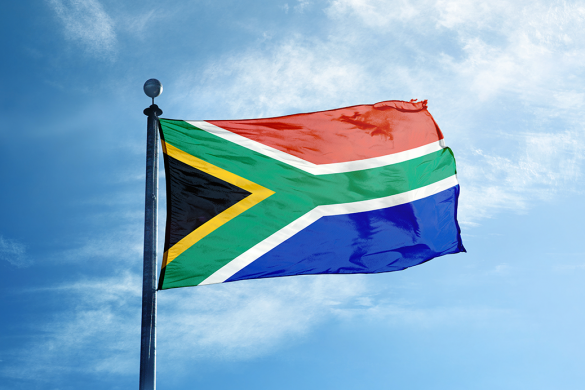From early times, saffron of Kashmir has been extremely famous. It has been part of our cuisine and especially used as a garnish during celebrations in India. It is in great demand both for purposes of pigment and condiment. Read on to know all about Saffron’s journey to Kashmir and how it actually was introduced in the region…
During the rule of Maharaja Ranjit Singh, Colonel Mian Singh (1821) as governor of Kashmir tried an experiment to cultivate saffron on the slopes of Damodhar Udar and Martand, but it was a failure. Saffron was a royal monopoly during that time. Under independent sultans, saffron flowers were picked by labourers in return for some salt. Under Shahjahan, this cruel system was abolished and he ordered that saffron belonging to the khalsa (crown land) be picked by men who should be remunerated properly. However, he allowed jagirdars, who had their own saffron fields, to pick the flowers as and when they liked. Under Pathan rulers, the saffron produce was auctioned. The highest bidder deposited money into the government treasury; then he collected the flowers and sold them as he wished. The same practice was followed by the Dogra and Sikh rulers. Many are unaware that Saffron picking is a very challenging task as its fragrance causes severe headache and also unconsciousness.
In Kashmir, Pampore, which is situated at a distance of 13-15 kilometers from Srinagar, is well-known all around the world for its top-quality saffron. Pampore and its neighbouring areas produce an average of 2,128 kilograms of saffron each year.
In Kashmir, saffron is normally sown in the month of August until the 15th of September. The flowers are plucked in October and November. During harvesting or plucking of flowers, the atmosphere should not be hot, which is why this activity is completed early in the morning. The ideal time for flower plucking is from sunrise to 10 AM. After harvesting, the flowers are kept for drying for 5 days and later in an air-tight container. These days, a solar drier is used instead. It takes only 7-8 hours to dry the produce. Kahwa is a popular tea in which saffron is added and consumed by the Kashmiris.
Hope you found this article informative!
